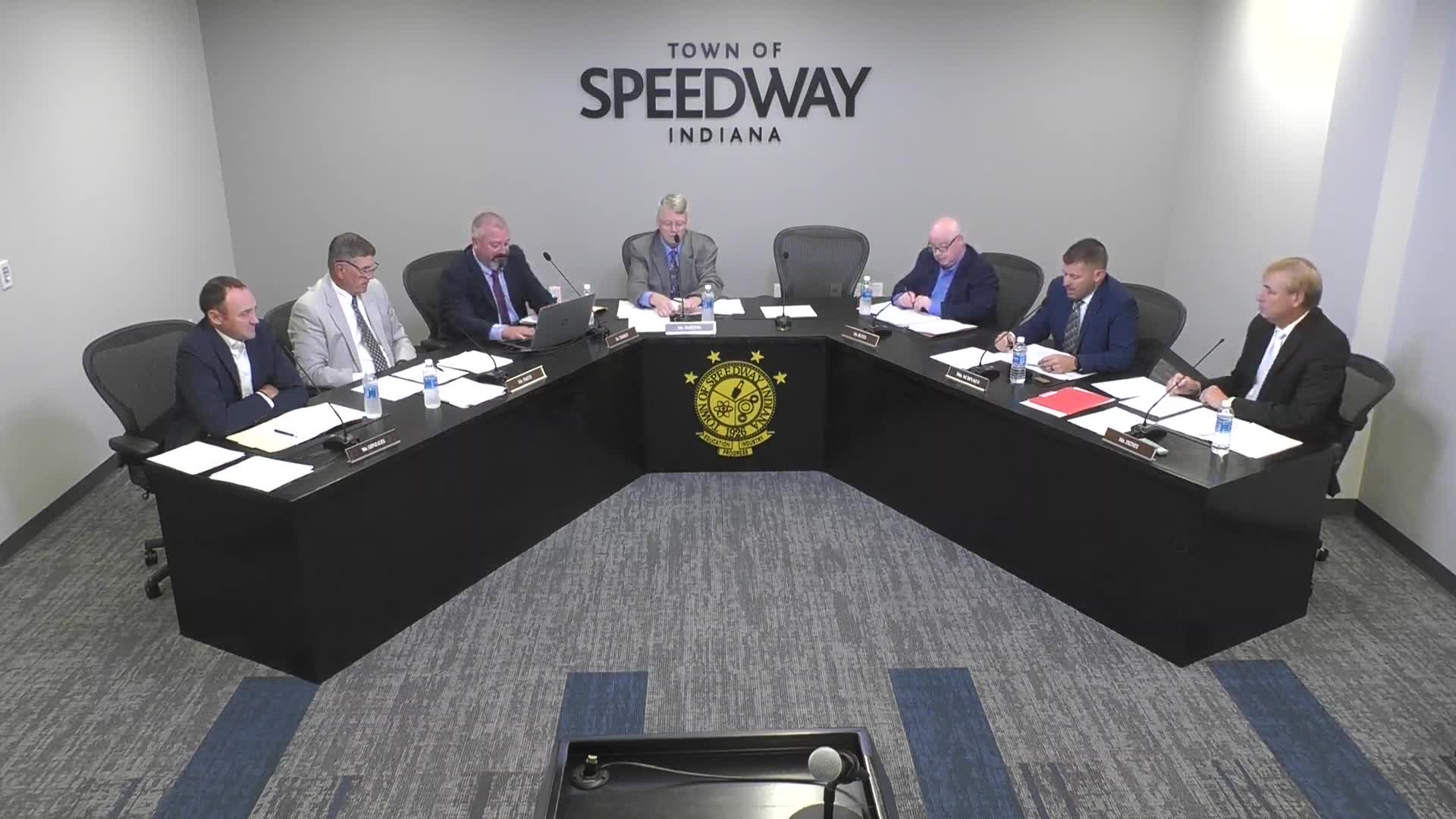Speedway Schools Awarded $884K Lilly Grant for Long-Term Educational Investment
October 07, 2025 | Town of Speedway, Marion County, Indiana
This article was created by AI summarizing key points discussed. AI makes mistakes, so for full details and context, please refer to the video of the full meeting. Please report any errors so we can fix them. Report an error »

Speedway Schools are set to receive a significant boost in educational resources thanks to an $884,000 grant from the Lilly Endowment Phase 2 initiative. This funding, which spans five years and requires a local match of $221,000, aims to enhance student learning, support teachers, and sustain key programs within the district.
The cornerstone of this initiative is a high dosage tutoring program that will provide 1,500 hours of tutoring annually to small groups of 1 to 4 students across all grade levels. This approach marks a substantial expansion from previous efforts, which focused solely on grades 3 through 6. By utilizing existing teachers as tutors, the program ensures that instruction is closely aligned with classroom learning, allowing for personalized support tailored to each student's needs.
Implementation of the tutoring program has already begun at the high school and is set to roll out in three of the four elementary schools, with the fourth school starting immediately after fall break. The junior high will follow shortly after, prioritizing students who are performing below proficiency levels.
In addition to tutoring, the grant will also bolster the district's Advanced Placement (AP) program. Last year, Speedway students achieved 528 qualifying AP scores, demonstrating strong college readiness. However, the program's rising costs have put financial pressure on the district. The Lilly grant will help sustain and enhance the AP program by covering exam fees, eliminating financial barriers for families, and funding professional development for teachers to expand course offerings.
Overall, this grant represents a long-term investment in the future of Speedway Schools, focusing on equity and access to rigorous educational opportunities for all students. The district is also awaiting news on a potential Phase 3 grant application, which could provide up to $25 million for further educational initiatives, particularly in science, technology, engineering, arts, and math (STEAM).
As Speedway Schools move forward with these initiatives, the community can expect a transformative impact on student achievement and educational equity over the next five years.
The cornerstone of this initiative is a high dosage tutoring program that will provide 1,500 hours of tutoring annually to small groups of 1 to 4 students across all grade levels. This approach marks a substantial expansion from previous efforts, which focused solely on grades 3 through 6. By utilizing existing teachers as tutors, the program ensures that instruction is closely aligned with classroom learning, allowing for personalized support tailored to each student's needs.
Implementation of the tutoring program has already begun at the high school and is set to roll out in three of the four elementary schools, with the fourth school starting immediately after fall break. The junior high will follow shortly after, prioritizing students who are performing below proficiency levels.
In addition to tutoring, the grant will also bolster the district's Advanced Placement (AP) program. Last year, Speedway students achieved 528 qualifying AP scores, demonstrating strong college readiness. However, the program's rising costs have put financial pressure on the district. The Lilly grant will help sustain and enhance the AP program by covering exam fees, eliminating financial barriers for families, and funding professional development for teachers to expand course offerings.
Overall, this grant represents a long-term investment in the future of Speedway Schools, focusing on equity and access to rigorous educational opportunities for all students. The district is also awaiting news on a potential Phase 3 grant application, which could provide up to $25 million for further educational initiatives, particularly in science, technology, engineering, arts, and math (STEAM).
As Speedway Schools move forward with these initiatives, the community can expect a transformative impact on student achievement and educational equity over the next five years.
View full meeting
This article is based on a recent meeting—watch the full video and explore the complete transcript for deeper insights into the discussion.
View full meeting
